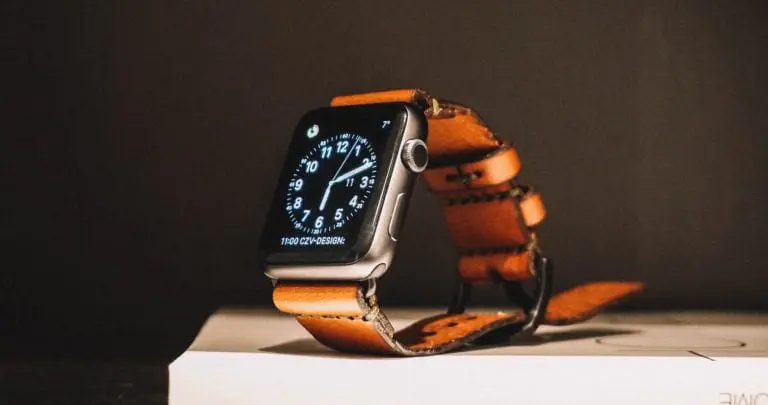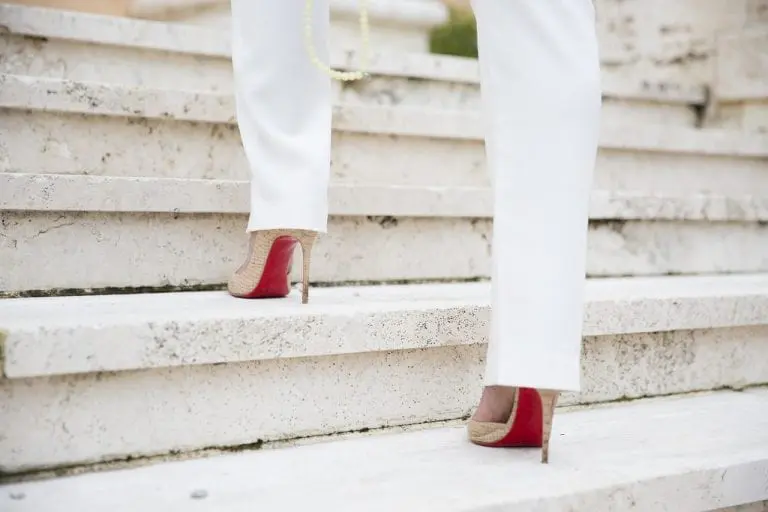Everything You Need to Know About Moissanite Stone

Moissanite is the gemstone for couples who want a more ethically sourced, lab-grown diamond alternative. It’s an earth-friendly, conflict-free option that’s as beautiful and affordable as a diamond.
Like diamonds, Moissanite is available in a range of cuts. The popular options are round, oval, pear, cushion, princess, and radiant.
Origin
One of the world’s most brilliant gemstones, Moissanite is a gift from the heavens. It first appeared in 1893 when French scientist Henri Moissan stumbled upon a glimmer he mistaken for raw diamond particles in the remnants of an ancient meteorite crashing into Canyon Diablo, Arizona.
Henri re-identified the glitter as silicon carbide, or SiC, and discovered that this mineral was only in extremely minute quantities. Despite this, it was recognized that the only way to use this stone for jewelry was to create it in the lab, which is now possible thanks to the advancement of technology.
Known for its superior gemological characteristics, the white-colored stone shines brighter than even diamonds and is an affordable alternative to mined precious gems. In addition, its durability and colorless luster make it ideal for engagement rings, promise rings, wedding bands, or any other jewelry item where brilliance is desired.
The stone boosts your analytical, logical, reflective, and contemplative abilities, allowing you to put your best foot forward and reach your full potential. It also helps to cleanse and center your spirit, mind, and body, removing agitation and suspicion and restoring emotional balance.
Brilliance
Brilliance is one of the most distinguishing characteristics of Moissanite stone. Compared to diamond, Moissanite has a higher refractive index, making it more effective in dispersing light. It, combined with its incredibly bright fire and luster, is what makes it so unique.
It is also a gem with a strong spiritual significance. The first known Moissanite was discovered in rock samples taken from a meteor crater, so it is thought to connect people with their “inner child,” making for stronger bonds of love and connection with the world around them.
Moissanite is rated as hard (almost twice that of a diamond), which means it is incredibly resistant to scratches and chips. As a result, it is a fantastic choice for creating heirloom-quality jewelry that will last forever.
Another benefit of Moissanite is that it requires no mining and has a small carbon footprint. It is a huge win for the environment, and it’s also a major ethical buying decision.
Hardness
Moissanite is a lab-created gemstone that is durable and resistant to scratching, chipping, or breaking. It is also fire-resistant, meaning it doesn’t lose its luster when exposed to heat.
It has a Mohs hardness of 9.25, slightly lower than diamonds at ten on the Mohs scale of hardness. Mineral hardness is rated on the Mohs scale from 1 to 10.
Even though Moissanite is lower on the Mohs scale than a diamond, it’s still incredibly durable. Nothing other than a diamond can scratch a moissanite stone.
One reason it’s a great alternative to diamonds regarding engagement rings. In addition, its durability and ability to resist damage make it a more affordable option than a traditionally mined diamond.
The color of a Moissanite stone can also be a significant factor in its appearance. For example, it may appear colorless under certain lighting conditions. But under other lighting, it will usually show a yellow or green hue that can be very noticeable to the naked eye.
Color
Moissanite stones are typically crystal-clear, though some can be colored. It is done through chemical vapor deposition, which involves coating the stone with bonding agents and coloring.
Colored Moissanite is typically not as pure or saturated as natural gemstones but can come in various hues. For example, most lab-created Moissanite is colorless but comes in red, yellow, orange, green, blue, and pink.
The color of Moissanite stone can also be influenced by the metal used in the setting and the light the gem is exposed to. For example, a white gold or silver setting will make the stone appear white and brighter than in a rose or yellow gold setting.
The color of Moissanite can also be impacted by its carat weight. Larger stones tend to have a yellow or green tint that can be noticeable when the stone is displayed under certain lights, but this is less apparent when smaller stones are used. Regardless of the color, Moissanite is still an attractive choice for couples who want a colorful center stone in their rings.
Shapes
Moissanite can be cut in various shapes and faceted to maximize its brilliance and fire. The brilliant round cut is the most popular and features 58 facets that reflect lots of light to give your stone an amazing sparkle.
The cushion cut, on the other hand, has 82 facets that let white light split into spectral colors, creating a glamorous rainbow effect when the stone catches the light. It is one of the most popular styles for Moissanite engagement rings because it can look a bit smaller carat for carat but still provides exceptional sparkle that will never go out of style.
Princess and emerald cuts are also excellent choices for Moissanite stones, especially if you want a more vintage-inspired look. They have a classic appeal that pairs well with many different ring styles and settings.









